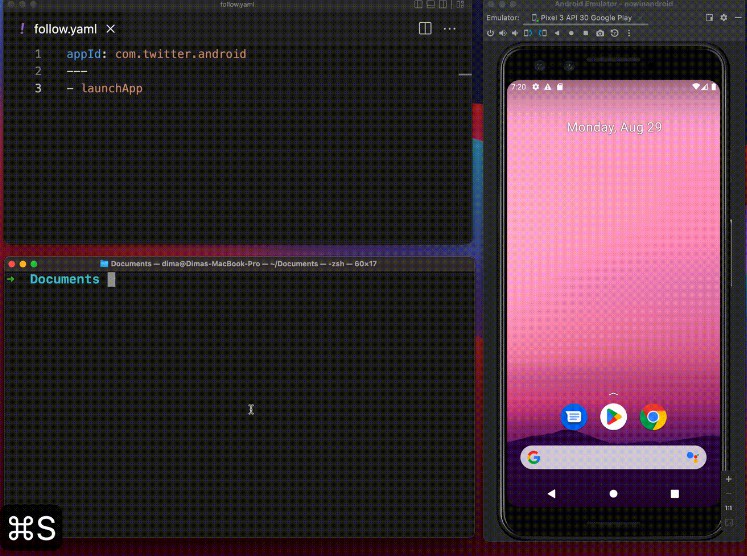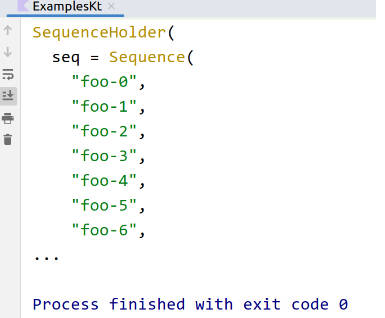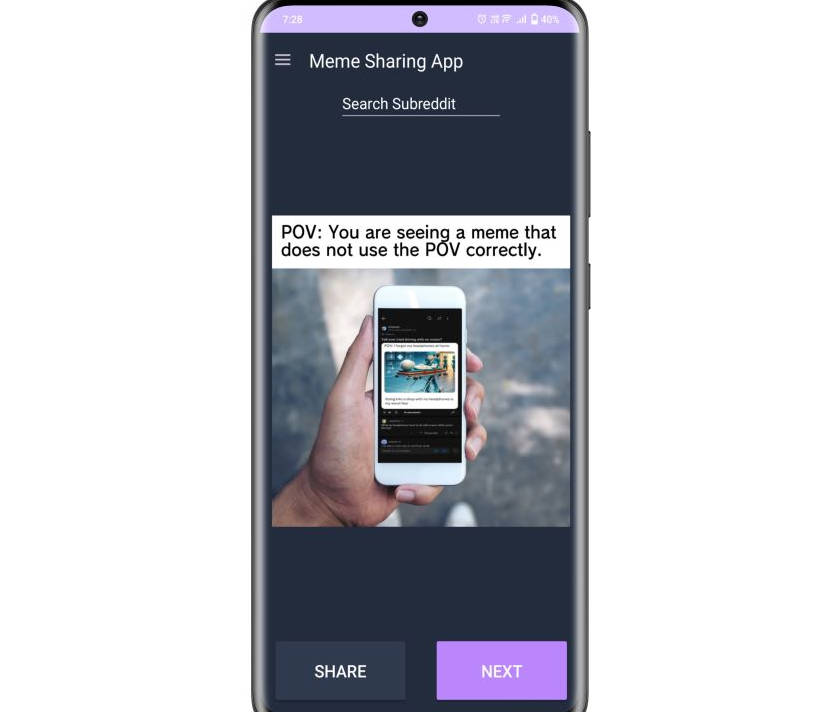2022.08.30
Hello boot / test metrics
This application is part of an exercise to comprehend how metrics merging works in Istio.
Description of metrics merging (as I understand it)
The istio-agent process in the sidecar exposes the scrape endpoint to prometheus.
This scrape endpoint is implemented by merging (or aggregating) the metrics from two sources:
- the application’s scrape endpoint
- the envoy sidecar’s scrape endpoint, which collects its own networking-related metrics.
Related
Writeup by Rob Salmond, which is a little obfuscated, but worth a read.
His blog entry references the metrics merging design doc.
The design doc mentions the construction of an “internal” environment variable ISTIO_PROMETHEUS_ANNOTATIONS derived from the information in the annotations, that tells the agent the url of the app/workload’s scrape endpoint.
How to communicate the url of the app scrape endpoint
The convention appears to be as follows:
On the app workload pod manifest, add the annotations:
annotations:
prometheus.io/scrape: "true"
prometheus.io/port: "8080"
prometheus.io/path: "/actuator/prometheus/"
The istio-agent will use that information to locate the application’s scrape endpoint, and take care to aggregate the metrics together with envoy’s collected metrics/scrape endpoint.
Building the app
-
Produce a local image named
test-metrics:<version>(the version is specified in the gradle build file), tag it and push it to a local registry (assumption: using a local k8s cluster configured with a local registry exposed to k8s on port 5000 and exposed on localhost on<port>, see how to do this with k3d).gradle bootBuildImage --imageName=localhost:<port>/test-metrics:<version> --publishImage
To test this
-
Create a hello-world style spring boot app with the micrometer prometheus dependency and check that you can hit that endpoint (this project).
-
Deploy the Istio Prometheus add-on.
k apply -f ${ISTIO_DIR}/samples/addons/prometheus.yaml -
Construct a k8s deployment manifest for this app (see manifests/hello-boot.yaml), and deploy the app to an istio-enabled k8s cluster.
k apply -f manifests/hello-boot.yaml
-
Verify that the workload metrics endpoint indeed functions.
k exec -it helloboot-v1-<tab> -c istio-proxy -- curl localhost:8080/actuator/prometheus
-
Check envoy’s prometheus scrape endpoint.
k exec -it helloboot-v1-<tab> -c istio-proxy -- curl localhost:15090/stats/prometheus
-
Locate and check the value of the ISTIO_PROMETHEUS_ANNOTATIONS environment variable inside the sidecar container.
k exec -it helloboot-v1-<tab> -c istio-proxy -- /bin/sh echo $ISTIO_PROMETHEUS_ANNOTATIONS
The output should look like this:
{"scrape":"true","path":"/actuator/prometheus","port":"8080"} -
Verify that the aggregated endpoint response includes both envoy and app metrics
k exec -it helloboot-v1-585487d5f7-9d27j -c istio-proxy -- curl localhost:15020/stats/prometheus -
Give it a couple of minutes, and check the prometheus dashboard for the presence of app workload metrics, e.g.
http_server_requests_seconds_countorjvm_memory_max_bytes(or any custom metrics you choose to expose in your app via micrometer).istioctl dashboard prometheus


